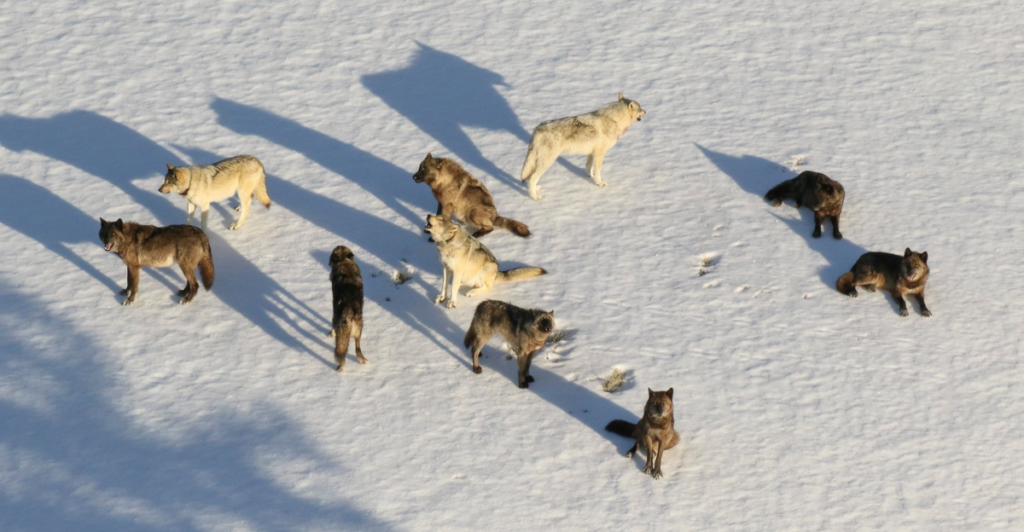
After voters called for gray wolf reintroduction in western Colorado in the 2023 election, ranchers face multiple challenges. The ranchers have now appealed to the newly elected president because they believe they need relief from what they describe as a dire threat to their lifestyle after losing more livestock.
Grisly Discoveries on the Range
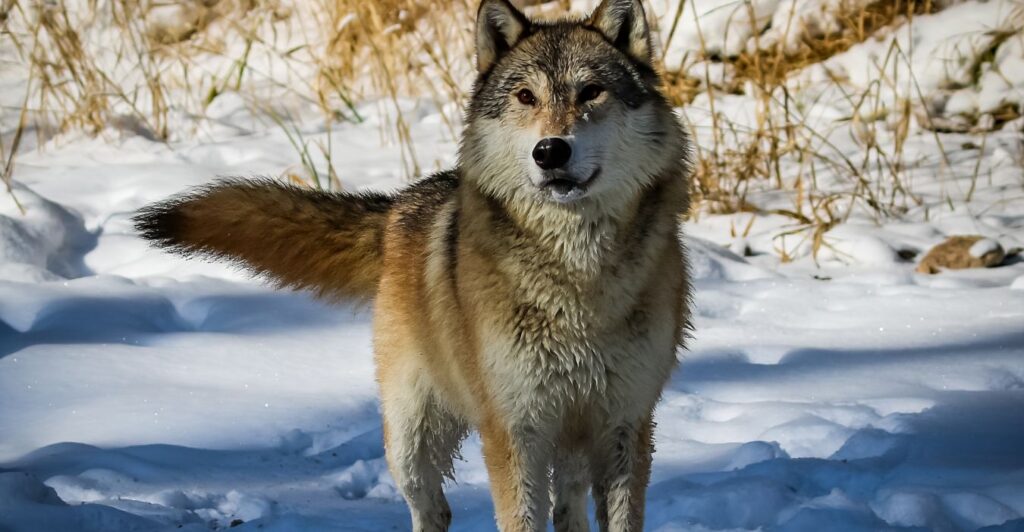
Rancher Conway Farrell believes the wolf reintroduction campaign produced devastating results. After discovering a calf with its hind leg missing and exposed entrails, ranchers found their fourth dead calf in one day. ”We hadn’t had any idea what a wolf kill would look like until this point,” Farrell said. “It’s the sickest thing you’ve ever seen.”
State-Mandated Wolf Reintroduction In December 2023

Colorado wildlife officials moved 10 wolves to public land west of the Continental Divide. The restoration effort created problems for local ranchers after it brought back gray wolves.
Expected Losses
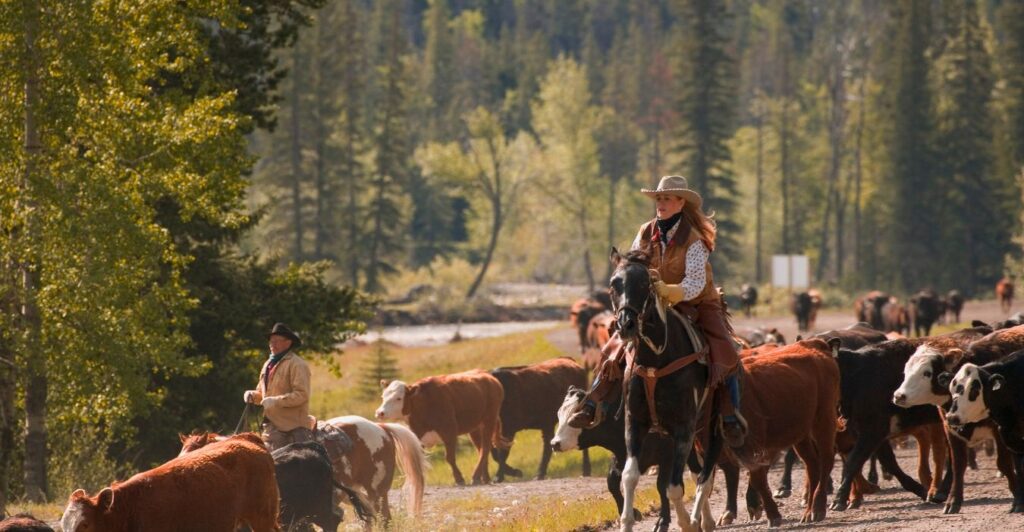
Rob Edward from the Rocky Mountain Wolf Foundation noted that some livestock deaths were expected to occur. ”I would have been shocked if we hadn’t seen at least a dozen or more cows and/or sheep taken by wolves out of that first year,” Edward said while trying to minimize the situation by adding: “The sky isn’t falling, right?”
Compensation Challenges
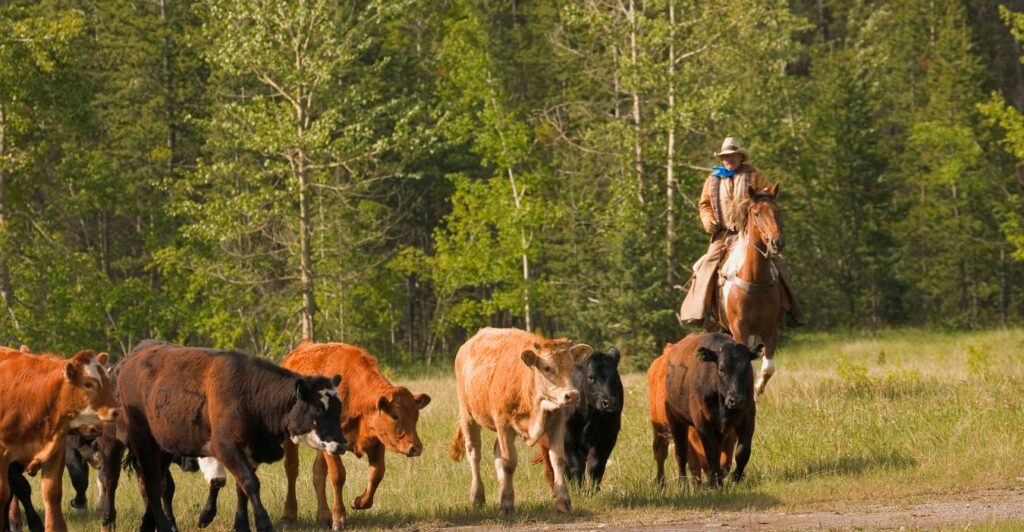
The state requires ranchers to pay for wolf killings because it must provide compensation capped at $15,000 per animal. Due to the challenging process of proving wolf depredation after other animals have consumed the carcasses, ranchers such as Caitlyn Taussig have faced numerous financial losses. “If you are not finding it within the first few hours, it’s being scavenged or eaten by other animals to the point that it’s impossible to know what happened,” Taussig said.
Significant Financial Losses
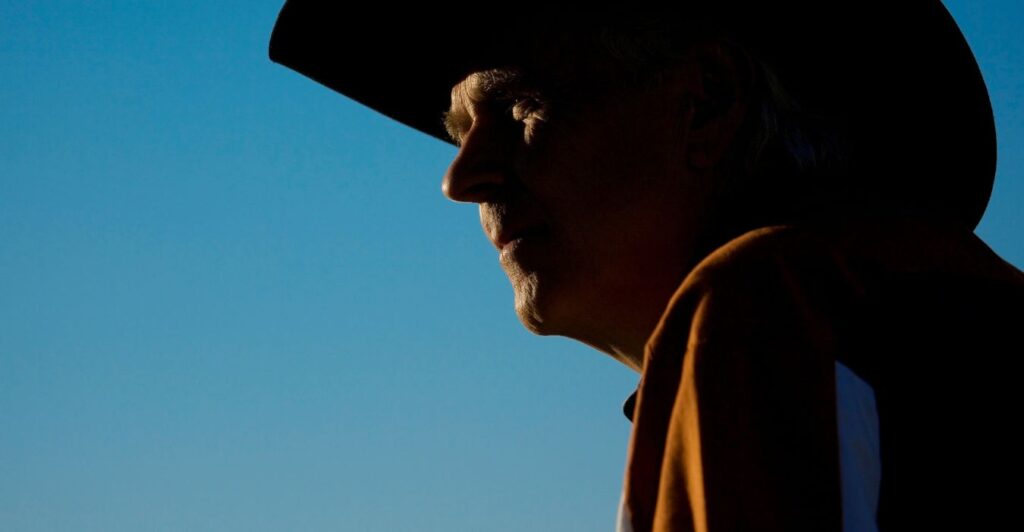
Grand County ranchers submitted a $582,000 wolf kill and related loss claim to Colorado Parks and Wildlife (CPW) toward the end of December. More than $420k (42%) of this total came from Farrell’s ranch, which demonstrated the comprehensive economic destruction of single business entities.
Uncompensated Losses

Through early February, Farrell explained that he and his family had not been compensated for their losses. ”Hope they pay for it,” he said. “If they don’t pay for it, we won’t be in business next year.”
Federal Government Assistance Sought by Ranchers
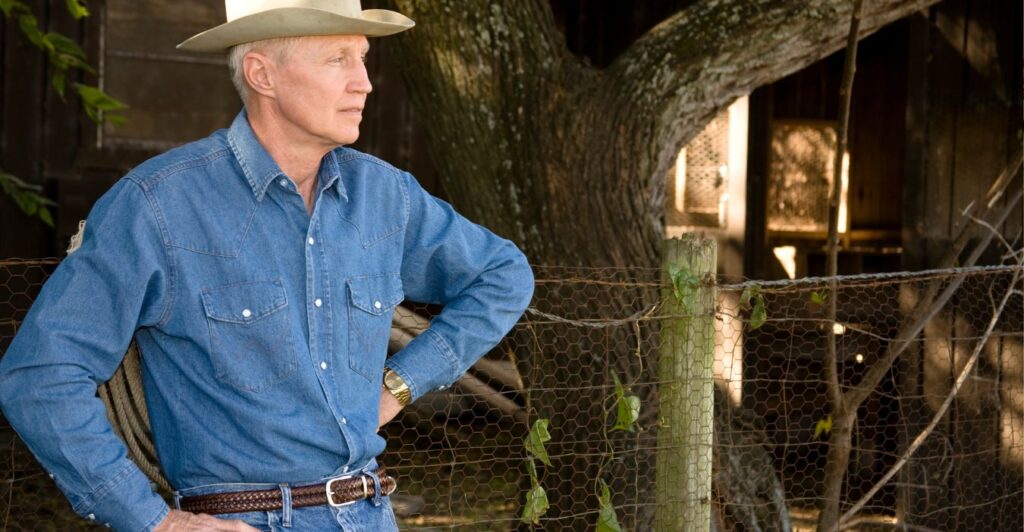
The federal government became the ranchers’ preferred partner for solutions they expected the new administration to provide. Middle Park Stockgrowers Association head Tim Ritschard explained their approach by stating: ”Already some [agricultural] producers have asked the feds to step in because [wolves] are a federally protected animal. And so we wanted the feds to come in and take over this.
Political Dimensions

Colorado’s four Republican House members united in their disapproval of wolf reintroduction and asked the Trump administration to stop bringing ‘foreign predators’ into the U.S. Two representatives work to delist the gray wolf under federal protection.
Petition for Pause Denied

Multiple livestock and agricultural organizations submitted their request to postpone future wolf releases until depredation problems were resolved on September 21st. The Colorado Parks and Wildlife Commission unanimously decided to reject the petition through a 10 to 1 vote.
Ongoing Wolf Reintroductions
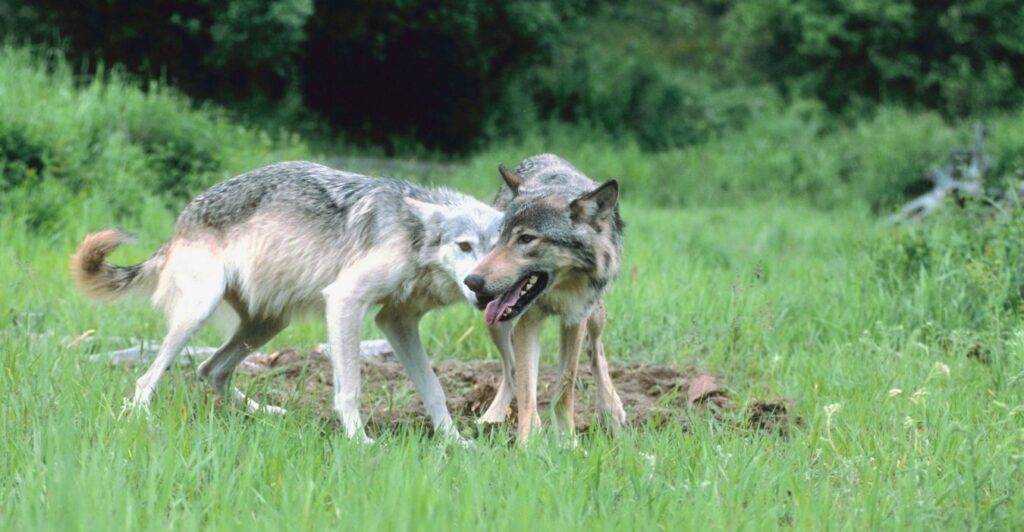
After their petition failed, CPW agents performed captures and releases of 15 wolves in Eagle and Pitkin counties from January 12 to 16. The number of wolves roaming in Colorado reached 29 after animals moved from Wyoming into the state.
Call to Adapt
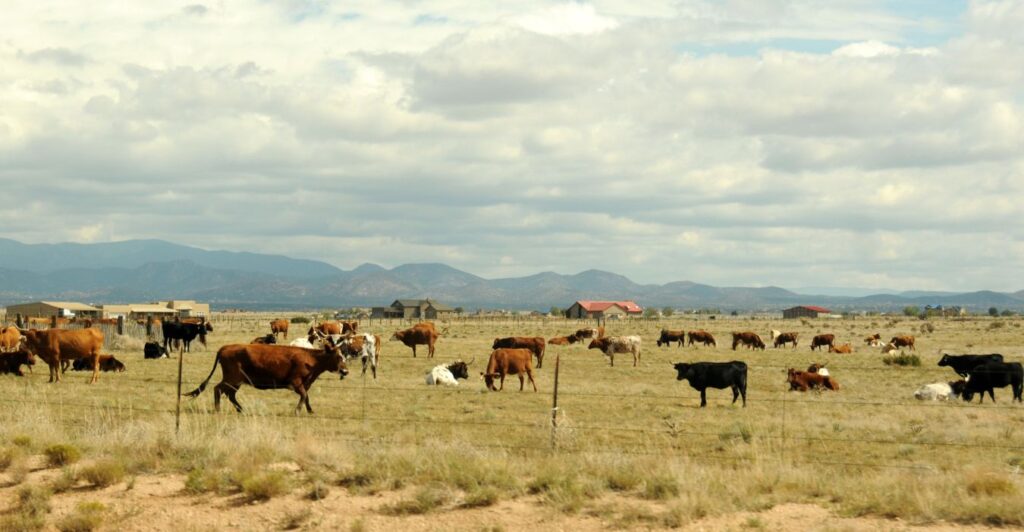
According to Rob Edward, the livestock industry created a pervasive pattern of victimhood and outrage that prevented members from finding practical solutions. ”If they cooperate with state agencies, plenty of resources exist to assist them in avoiding future depredation issues,” he said. They simply need to participate.’ He told them they had two options: fight and eventually lose or adapt and survive.
Emotional Toll
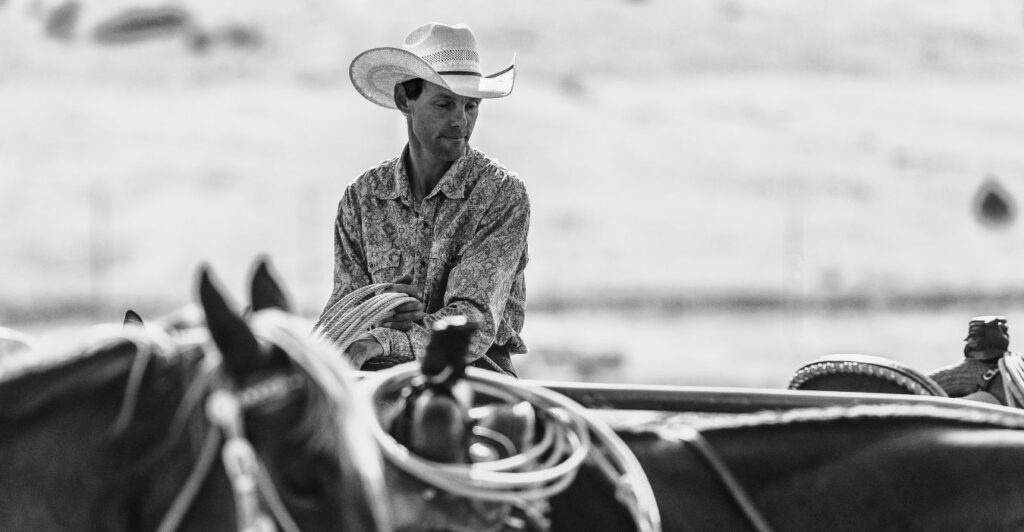
The wolf reintroduction campaign takes a personal toll on ranchers like Caitlyn Taussig, who worries about the safety of her animals. “I think people think ranchers are really wealthy people, but we work brutally long hours with not a lot of pay, and it’s a dangerous life,” she said. “Now, with something new to have to worry about, it’s just really hard to deal with.”
Discover more of our trending stories and follow us to keep them appearing in your feed

Wolves Still Roam In These States in 2024—Is Yours On The List?
Top Endangered Wolves That Are on the Verge of Extinction
Lake Shasta’s Remarkable Comeback From Drought Captured in Stunning Images
The Magnetic North Pole Just Shifted—Here’s What It Means
References:
Reference 1
Reference 2
Reference 3
This article first appeared here
Stay connected with us for more stories like this! Follow us to get the latest updates or hit the Follow button at the top of this article, and let us know what you think by leaving your feedback below. We’d love to hear from you!







